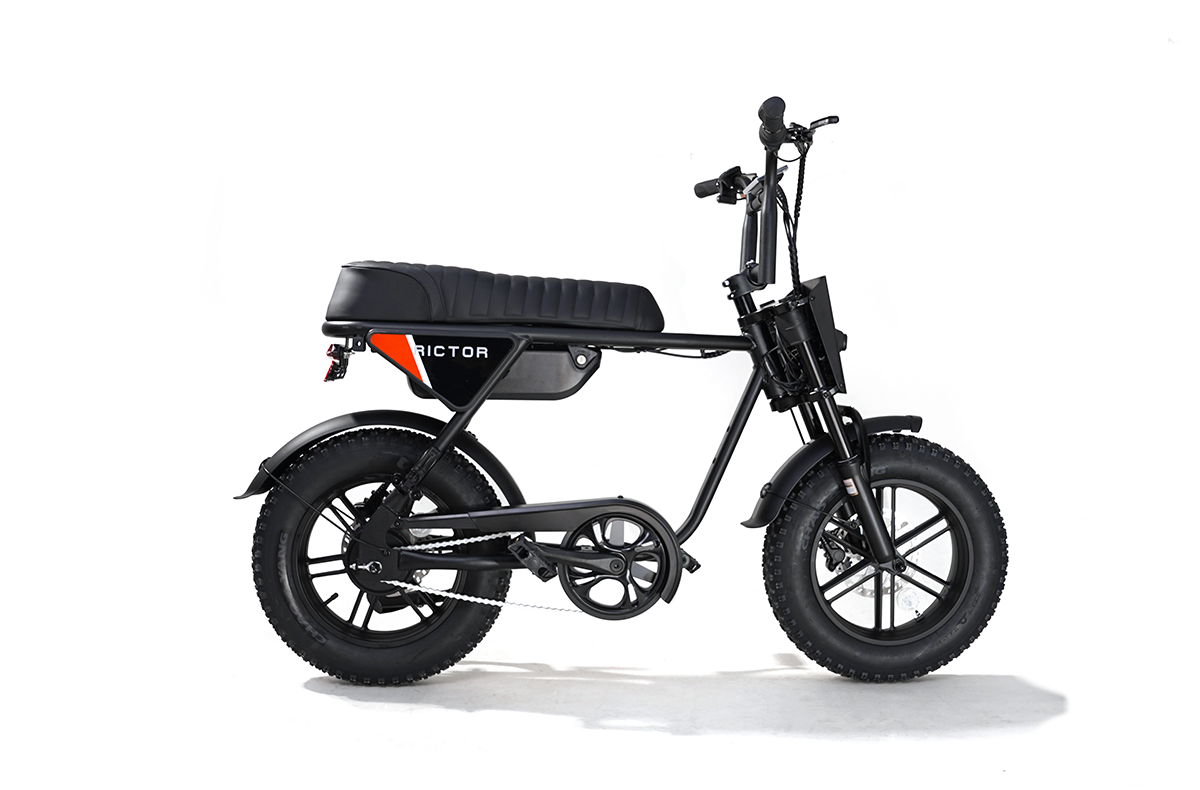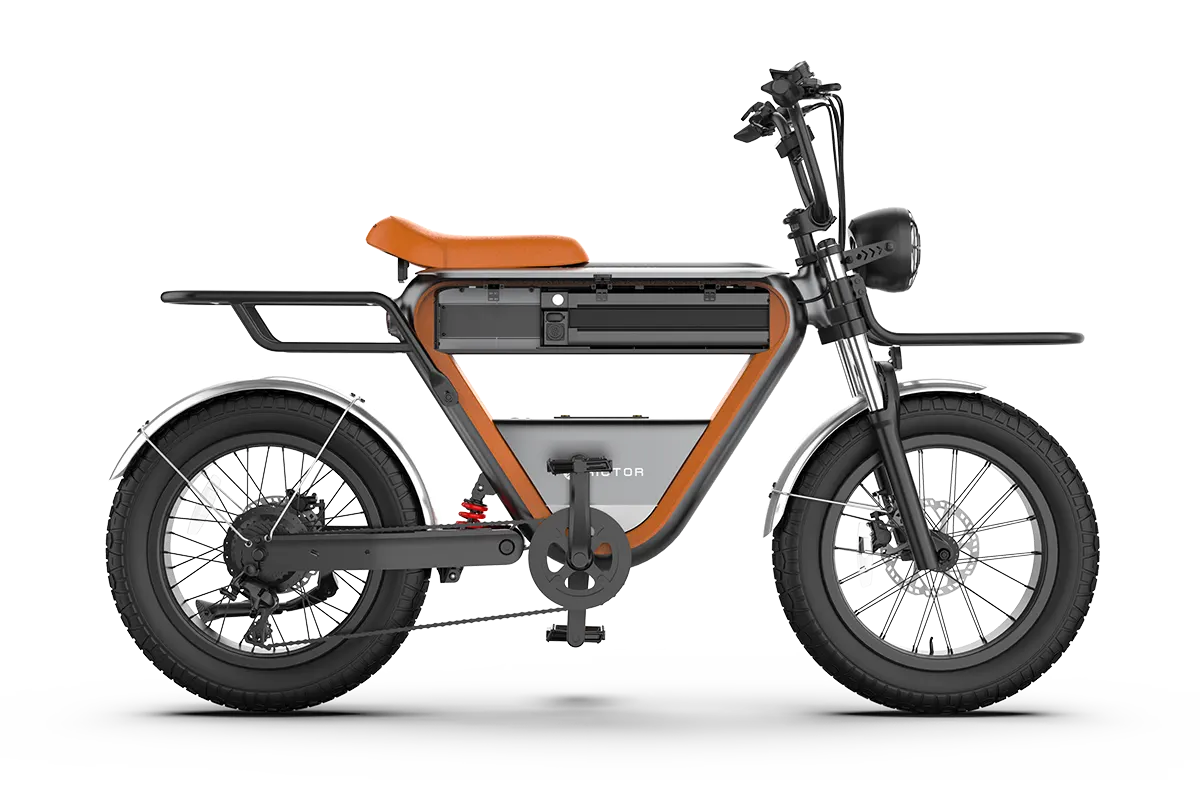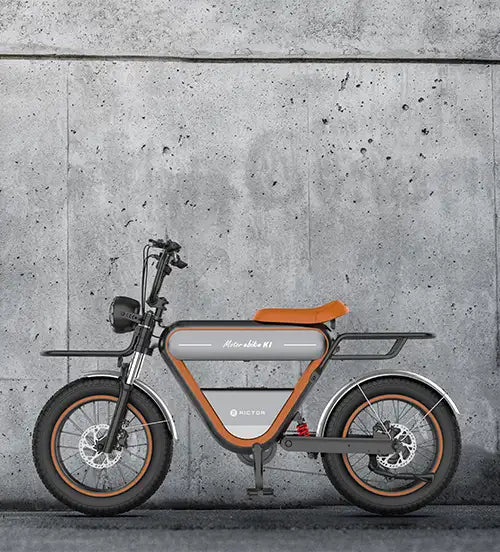
Fat Biking in Winter: The Ultimate Season for Fat Bikes
When winter rolls around, it doesn’t have to mean an end to your riding adventures. In fact, for fat bike enthusiasts, it’s arguably the best time to hit the trails.
Fat bikes are designed specifically to handle snow, ice, and rugged winter terrain.
Fat Bike History
The history of fat biking dates back to the late 1980s when riders in Alaska started experimenting with wider tires to handle the tough snow and rough terrain.
The goal was simple: ride year round, even in the harshest winter conditions. Sam Ingram, a bike builder from Alaska, and a group of local riders began working on custom-built frames with wide rims. Their innovations evolved over time, leading to the fat bike as we know it today.
In the early 2000s, fat bikes gained popularity beyond the snowy regions, and in 2005, Surly released the “Pugsley,” a mass-produced fat bike that brought this unique design to a broader audience.
Today, fat bikes are a key part of winter cycling culture and have found a permanent place among all-terrain cyclists who embrace adventure in any season.
SEE ALSO What is a Fat Tire Electric Bike and Why You Should Buy One
What is Fat Biking
Fat biking refers to riding bicycles equipped with oversized tires (typically 4 inches or more) designed for soft, unstable surfaces such as snow, sand, and mud. The larger tire surface area spreads out the rider's weight, allowing the bike to float over terrain that would be difficult or impossible to ride on with a standard bike.
This unique design makes fat bikes a perfect option for winter biking. Whether you’re navigating through snow covered trails, frozen lakes, or sandy beaches, fat bikes provide a smooth ride and great control, even when conditions are challenging.
The Benefits of Fat Biking in Winter
Fat bikes offer several key advantages that make them ideal for winter cycling.
Superior Traction and Stability
The wide tires of fat bikes give them a significant advantage over traditional bikes when it comes to grip. These tires allow fat bikes to handle slippery surfaces like snow and ice with ease. Whether you’re riding on a packed trail or navigating deep snow, the extra surface area keeps you stable and in control.
Year Round Cycling
Unlike regular bikes, which are often put away during the winter months, fat bikes let you ride year-round. Their ability to traverse snowy trails means that you don’t have to stop riding when the temperatures drop. A fat bike opens up new opportunities to explore winter landscapes that you might otherwise miss.
Access to Remote Trails
With fat bikes, you can explore areas that are usually off-limits in winter. The larger tires allow you to ride across terrain such as snowy forests, frozen lakes, and off-beat paths that are typically inaccessible with standard bikes. It’s a chance to connect with nature in a way that few other winter sports can offer.
Winter Fitness
Winter riding isn’t just fun – it’s a great workout. Pedaling through snow requires more effort than riding on hard surfaces, which means you get a solid cardio session while enjoying the outdoors. Fat biking helps keep you active throughout the winter and provides a challenging full body workout.
Why Winter is the Best Season for Fat Biking
Fat bikes provide extra stability by their wide tires, making them perfect for riding in snowy or icy conditions. These tires distribute your weight evenly, helping you avoid getting stuck in deep snow and providing a steady ride on softer surfaces.
Fat bikes are made to weather the elements. Cold temperatures and snow can be harsh on equipment, but fat bikes are built for durability.
Their frames are sturdy enough to handle extreme conditions, and the tires are tough enough to withstand winter’s roughest terrains.
For riders looking for an extra boost, electric fat bikes are the way to go. With an electric motor providing pedal assistance, these bikes make climbing hills or riding through deep snow much easier.
The Rictor K1 fat tire electric bike, for example, features a powerful motor that gives you the assistance you need for longer, more strenuous rides in winter.
Essential Safety Tips for Fat Biking in Winter
-
Layer Up Dressing in layers is key to staying warm without overheating. Start with moisture wicking clothing to keep sweat away from your skin, and add insulating layers to protect against the cold. Don’t forget gloves, a warm hat, and a scarf to keep your extremities covered.
-
Watch for Ice Ice is one of the biggest hazards in winter fat biking. While fat bike tires are great for snow, ice can still be treacherous. If you encounter an icy patch, reduce your speed and avoid sharp turns. Pay attention to trail conditions before heading out, and adjust your ride accordingly.
-
Check Your Bike Cold weather can cause parts of your bike to perform differently. Check your tire pressure regularly, lubricate your chain, and make sure your brakes are functioning properly. After each ride, clean off any dirt or salt that may have accumulated to prevent damage.
-
Stay Visible Winter days are shorter, and visibility can be a challenge, especially in snowy or foggy conditions. Be sure to use bike lights and wear reflective gear to ensure you’re visible to others, particularly when riding on roads or near traffic.
Common Mistakes to Avoid When Fat Biking in Winter
Overestimating the Bike’s Capabilities
Fat bikes are tough, but they’re not invincible. Certain terrains – like steep, icy slopes – may still pose challenges. Be mindful of your bike’s limits, and don’t push yourself too hard on difficult terrain.
Neglecting Maintenance
Winter riding can take a toll on your bike, especially with road salt and snow buildup. Regular maintenance is essential to ensure your bike performs well. Clean it frequently, check the tire pressure, and ensure that your brakes and gears are in top condition.
Ignoring Weather Forecasts
Winter weather can change quickly, so always check the forecast before heading out. Sudden storms or drops in temperature can make riding dangerous. If conditions look too harsh, consider postponing your ride.
Choosing the Right Fat Bike for Winter Riding
Selecting the right fat bike is crucial for an enjoyable and safe winter riding experience.
Tires: Make sure the tires are wide enough for optimal flotation over snow. Look for wide tires that are at least 4 inches wide for maximum performance.
Frame: The frame should be durable and able to withstand cold temperatures and rough terrain. Steel or aluminum frames are good choices for winter riding.
Electric Assistance: If you plan to tackle long, steep rides or deep snow, consider an electric fat bike. The motor will help you keep up your momentum and make riding more comfortable in challenging conditions.
Final Thouht
Winter doesn’t mean your biking season has to end. Fat bikes offer the perfect solution for year-round cycling, giving you access to winter trails, providing excellent stability and traction, and offering great fitness benefits. Just take your fat bike outside.
FAQs
Can you ride a fat bike on the road in winter?
Yes, you can ride a fat bike on the road in winter, but it’s especially beneficial for riding on snow-covered roads, frozen lakes, or sandy trails. Fat bikes offer better stability on these surfaces compared to standard bikes, but when riding on paved roads, they may feel slower due to their wide tires.
Are fat bikes easy to ride in snow?
Fat bikes are specifically designed to handle snow and other soft surfaces. Their wide tires provide the flotation needed to keep you above the snow rather than sinking into it. While they require more effort than riding on solid ground, they offer excellent traction and stability, making them easier to ride in snowy conditions than traditional bikes.
Do I need an electric fat bike for winter riding?
While a regular fat bike is great for most winter conditions, an electric fat bike (e-bike) can make winter riding even easier, especially when facing steep hills or deep snow. The electric motor assists with pedaling, making it easier to maintain speed and reduce fatigue, allowing you to enjoy longer rides in tougher conditions.





